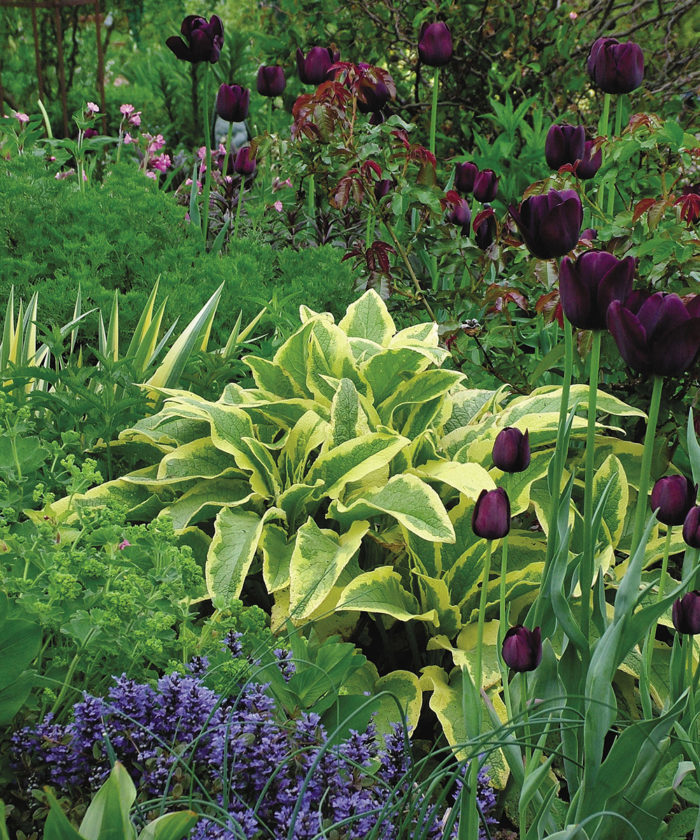
If you’ve ever grown plants, odds are that you’ve tried a plant that you couldn’t (or shouldn’t) grow for some reason. Did your grandma grow lilacs on her farm in Connecticut? I bet you tried to grow them in your Atlanta backyard, even though you knew better. Perhaps it was peonies that gasped in the heat of your southern garden or hostas that fell prey to slugs in your western garden. As gardeners, we’re far more sentimental about plants than we’d like to admit. So naturally, we’re bound to try a plant we know won’t be happy (or make us happy) in our gardens—just in case we can magically make it work—only to be disappointed.
Fear not, sentimental gardeners! There are scores of sexier, more sustainable alternatives out there that not only do what your favorites do but also suit your climate or situation. Consider what you love about those favorite plants and head to your nursery to discover a few new favorites.
Bold, colorful foliage that stands up to heat and pests
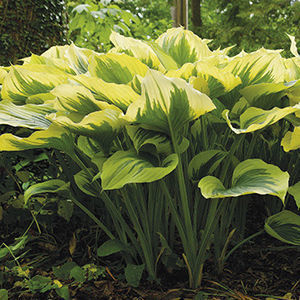
Problem plant – Hosta
(Hosta spp. and cvs.)
USDA hardiness zones: 3 to 9
If you’ve ever gardened with wildlife, you know that hosta is one of the favorite snacks of deer. Slugs also find it irresistible, especially on the West Coast, where they’re more prevalent. And while hosta can be a star for dry shade in the humid climates east of the Mississippi, it’s a challenge in the arid zones of the West.
Alternative – ‘Axminster Gold’ Comfrey (top photo)
(Symphytum × uplandicum ‘Axminster Gold’)
Zones: 3 to 9
Conditions: Full sun to partial shade; moist, fertile soil
A perfect hosta stand-in for all these situations is ‘Axminster Gold’ comfrey, and with its big, bold, gold-streaked leaves, it easily rivals hosta for foliage fabulousness on both coasts and in between. This hearty plant delights in heat and drought, and its hairy leaves make it unpalatable for all manner of hungry critters. Comfrey prefers sun but thrives in light shade, too. ‘Axminster Gold’ can be hard to find, but other varieties, like ‘Goldsmith’ and ‘Hidcote Variegated’, fit the bill, as well. It grows 3 feet tall and wide, with flowering stalks that can reach 6 feet tall.
Try these, too:
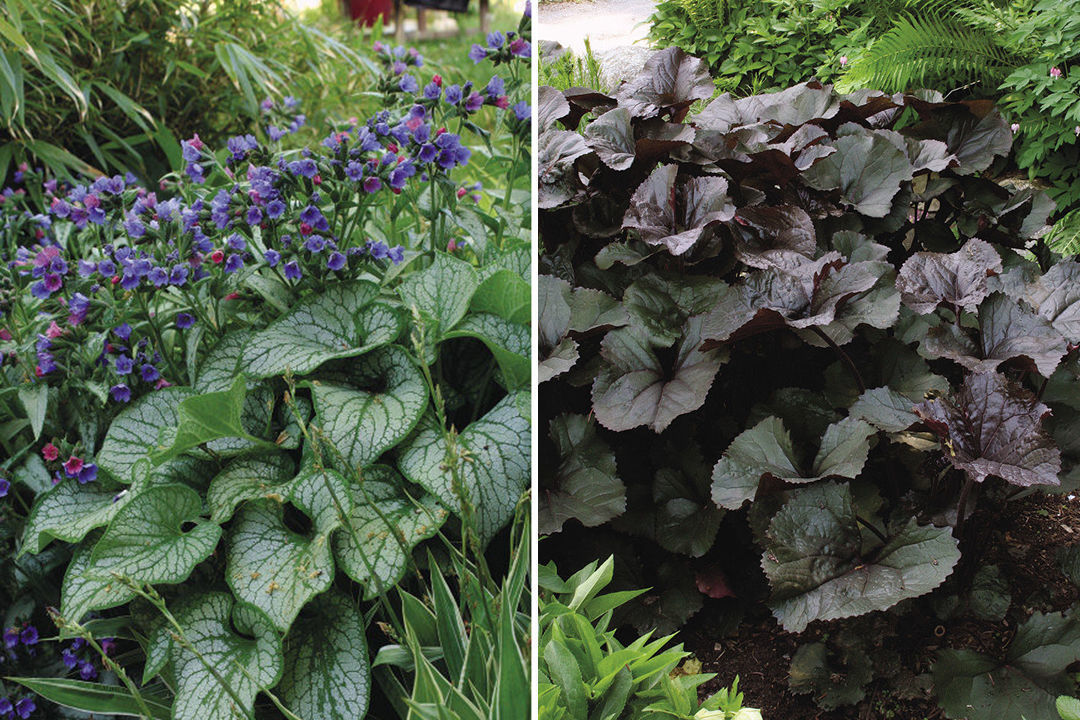
Bodacious blooms without the pesky peccadillos
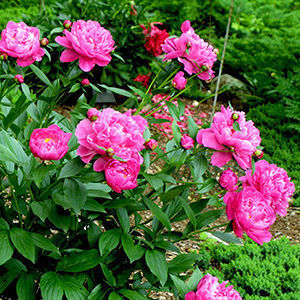
Problem plant – Peony
(Paeonia spp. and cvs.)
Zones: 3 to 8
Plant it too deeply, in too much shade, or in hot climates—dry or humid—and peony won’t thrive or bloom. If left unstaked, its big blousy flowers flop to the ground, and its foliage is prone to powdery mildew by late summer.
Alternative – Dahlia
(Dahlia cvs.)
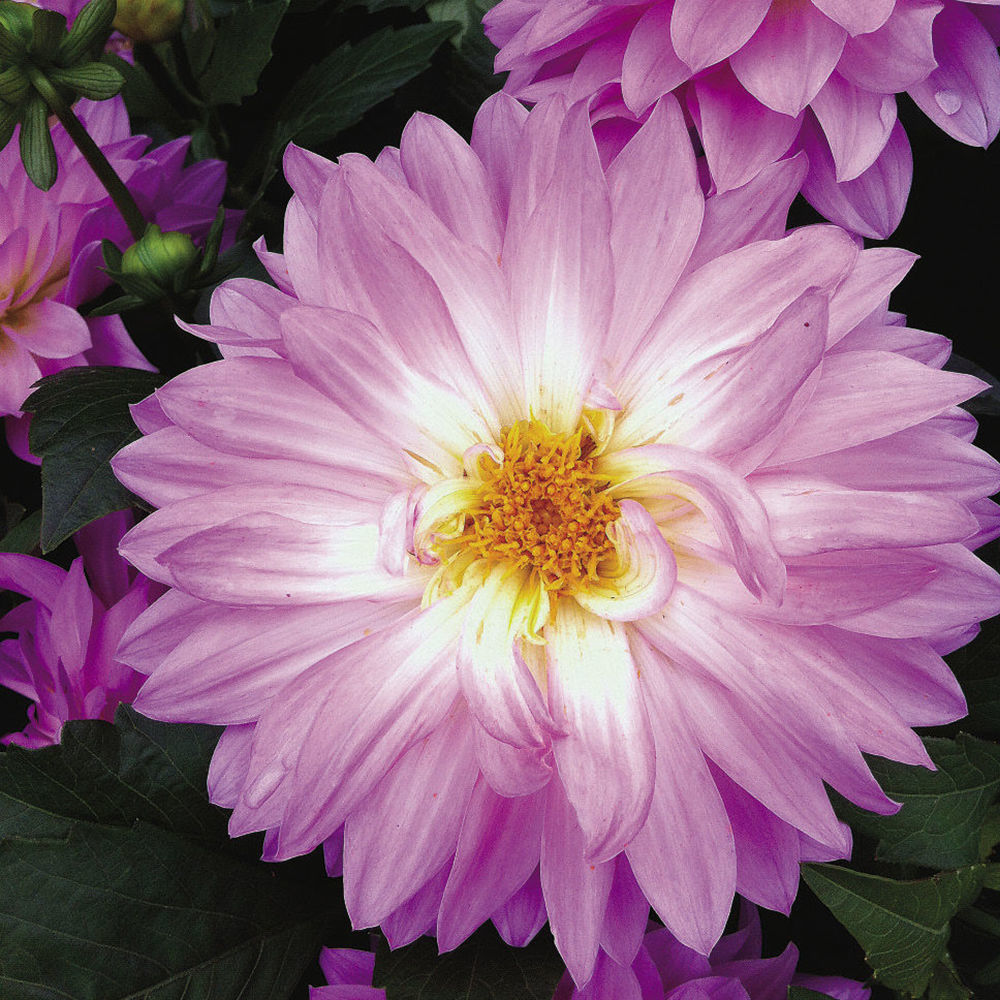
Zones: 9 to 11
Conditions: Full sun; humus-rich, well-drained soil
A tender tuber from climes with high temperatures, dahlia comes in an array of sizes—from 1 to 6 feet tall—and in a rainbow of colors. Its enormous, rounded flowers are sumptuous enough to give any peony a run for its pennies, and compact varieties rarely require staking. Dahlia takes a rest during the heat of summer, only to bloom again when temperatures cool. Where dahlia is not hardy, dig the tubers up after the first frost and store them in a cool, dry place for winter, then replant them one to two weeks before your spring frost date.
Try these, too:
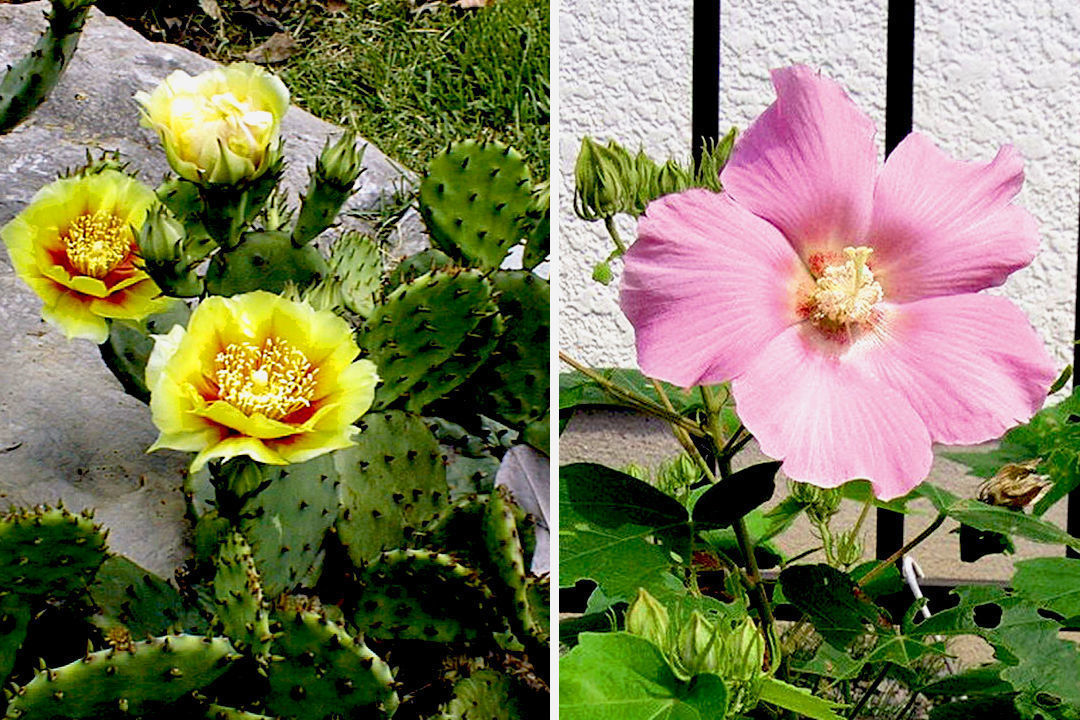
A tidy tree that won’t crack or escape into the wild
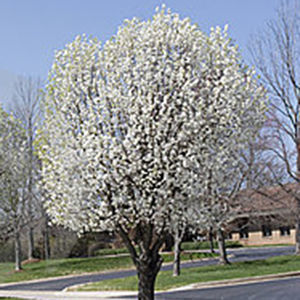
Problem plant – Bradford Pear
(Pyrus calleryana* and cvs.)
Zones: 5 to 8
Bradford pear’s weak branch structure makes it a sitting duck during storms. Even as new cultivars arise to address this, Bradford pear has escaped cultivation to become an invasive species in many areas of eastern North America.
Alternative – Tupelo
(Nyssa sylvatica and cvs.)
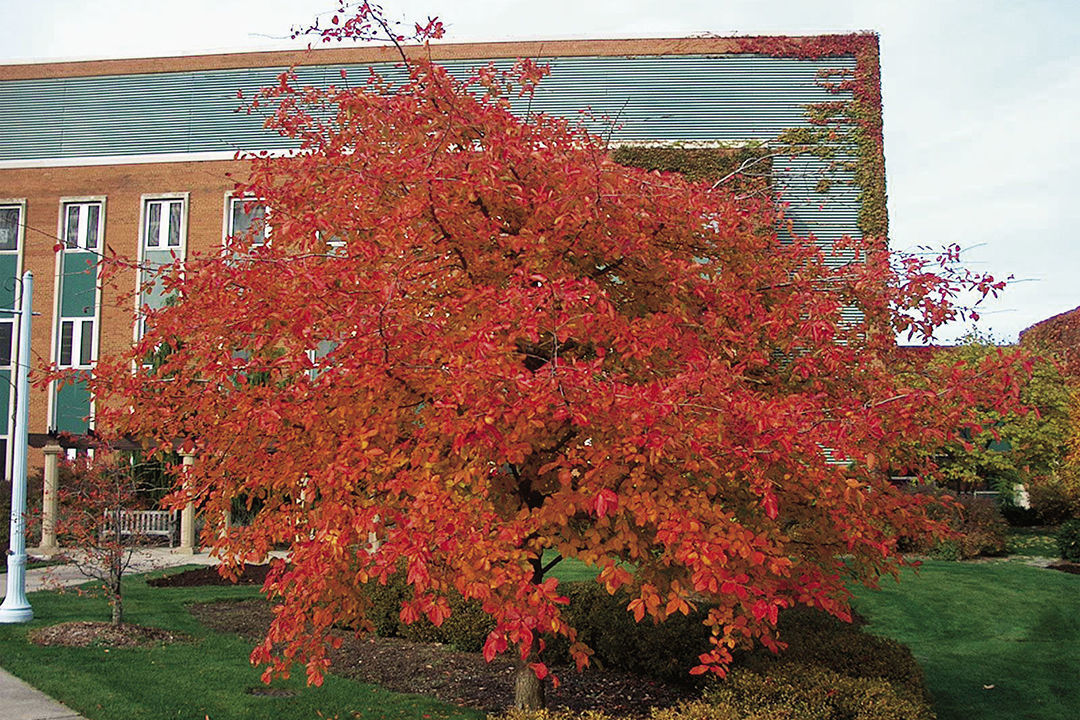
Zones: 5 to 9
Conditions: Full sun to partial shade; moist, fertile, neutral to acidic, well-drained soil
If you’re in the market for a tidy tree, give tupelo a try. Like the Bradford pear, it’s neat enough to make a pretty specimen for lawns or along sidewalks, but it’s a tougher customer in a pinch. A native of eastern North America, tupelo adapts to wet soil or dry, and it boasts one of the most dramatic fall-foliage displays of any tree, with leaves ranging from reddish gold to vermilion. You might not see its tiny flowers in spring, but pollinators will flock to them from miles around. Tupelo is a taprooted tree, so it may need some extra TLC to get established. It can ultimately grow 30 to 50 feet tall and 20 to 30 feet wide, but its growth slows with maturity.
Try these, too:

Spires of blue flowers that stand tall in high heat and humidity
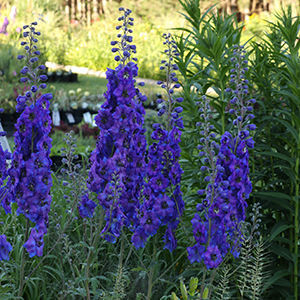
Problem plant – Delphinium
(Delphinium spp. and cvs.)
Zones: 3 to 7
Unless they’re staked, delphinium blooms end up on the ground. The plant gasps for breath in hot, humid climates; attracts an array of pests and diseases; and needs extra water to make it through summer, then tends to rot with too much of it over winter.
Alternative – False Indigo
(Baptisia spp. and cvs.)
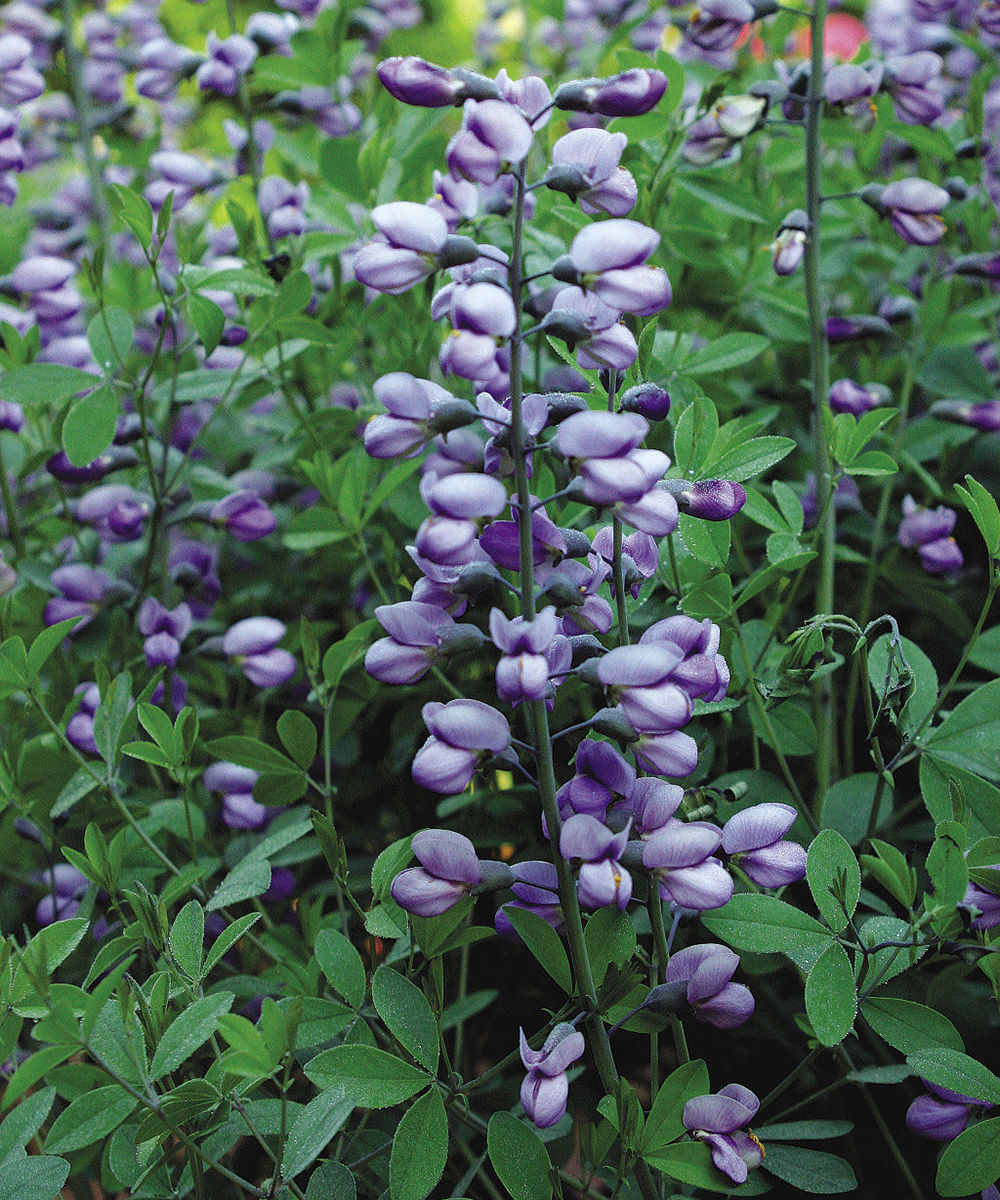
Zones: 3 to 9
Conditions: Full sun; well-drained soil
If it’s blue flowers you’re after but you’re tired of struggling with delphinium, false indigo proves an easier, sturdier, more rewarding plant all-around. This sturdy perennial blooms in early summer, with spikes the color of the clearest blue sky. At 3 to 4 feet tall and wide, its bushy stature makes it a superb stand-in for shrubs, as well, and its steely blue foliage is an ornamental feature in itself. Cultivars come in a range of blues as well as in white, red, yellow, and smoky purple. A taprooted member of the pea family, it thrives even in hot sun and poor soil.
Try these, too:
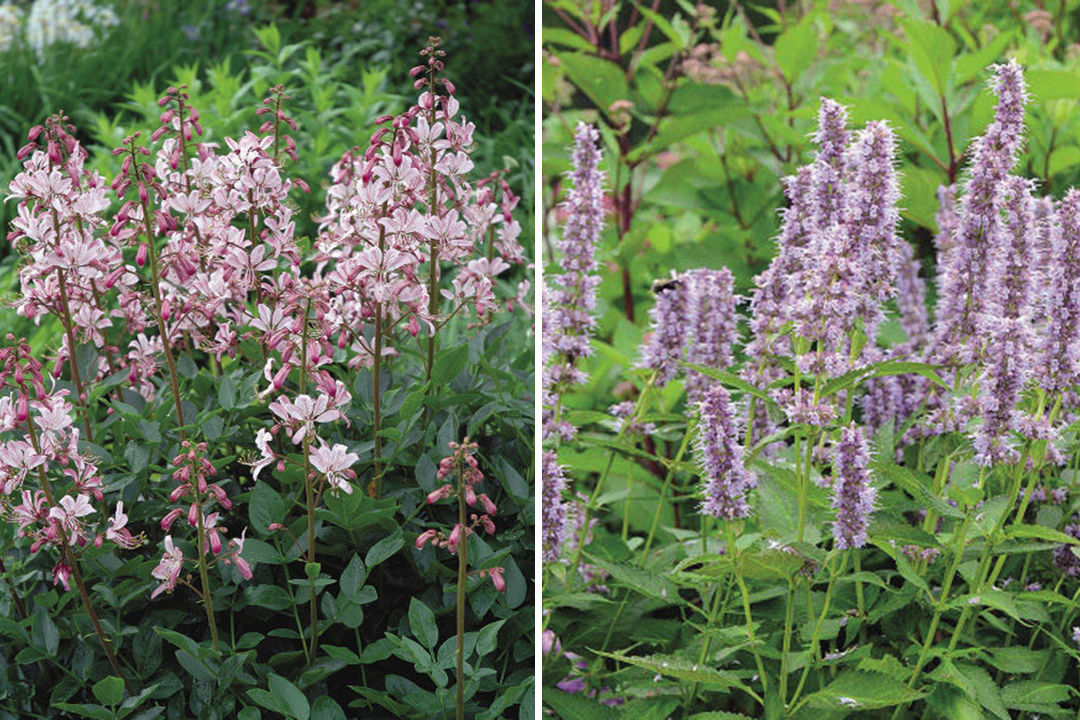
Dark, dramatic foliage minus the thorns and with oodles of offspring
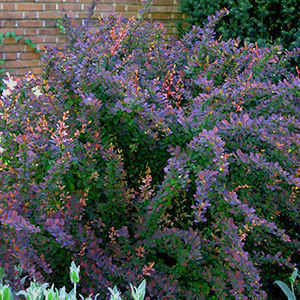
Problem plant – Barberry
(Berberis thunbergii* cvs.)
Zones: 5 to 8
An import from Asia, barberry has made itself at home in many a field and forest east of the Mississippi, carpeting the ground with its prickly tendrils and outcompeting native plants for space.
Alternative – Little Devil™ Ninebark
(Physocarpus opulifolius ‘Donna May’)

Zones: 3 to 7
Conditions: Full sun to partial shade; moist, fertile, acidic, well-drained soil
Lose the thorns and thuggish tendencies of barberry with Little Devil™ ninebark. A cultivar of a native shrub, this diminutive plant is like a dwarf version of the popular ninebark variety Diabolo® (P. opulifolius ‘Monlo’). Like its cousin, it smolders with deep red–purple foliage all through the growing season, and at 3 to 4 feet tall and wide, it matches purple barberry for color and size. As a bonus, it blooms with pinkish white flowers in early summer.
Try these, too:
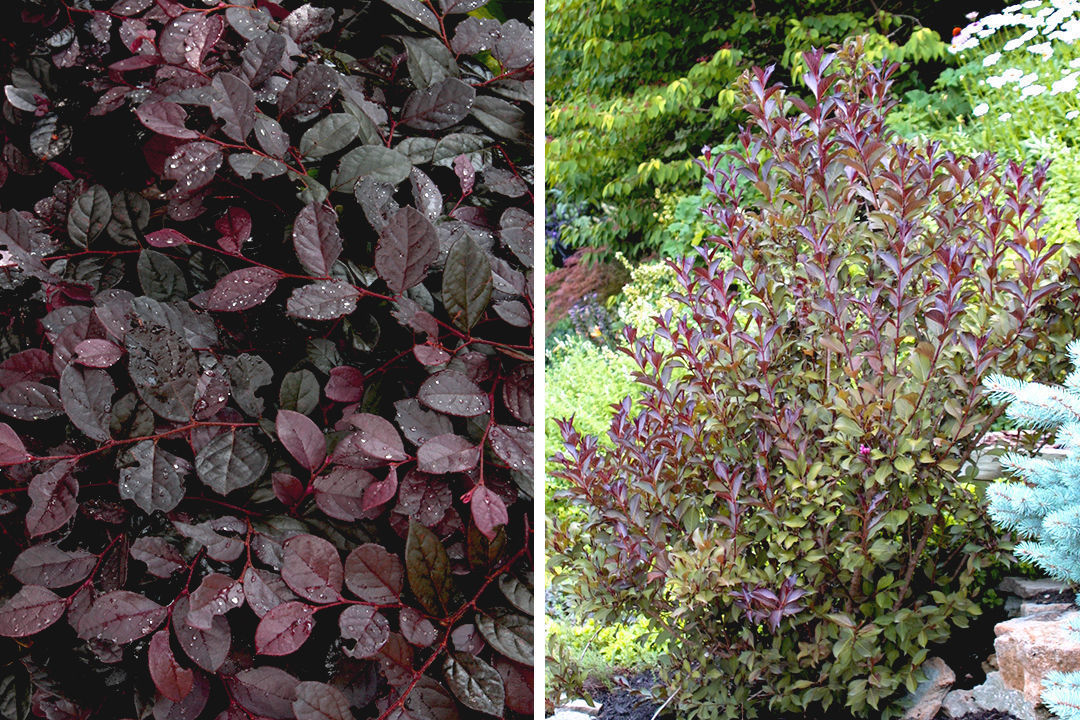
How to choose your own alternatives to troublesome plants
Consider the traits of the plant that you love. Let’s use lilac as an example and list its three most commonly appreciated attributes: fragrance, size, and bloom time.
Problem plant: Lilac (Fragrance: Strong; Size: 6’–10′ tall X 6’–10′ wide; Bloom time: Late spring)
1. If fragrance is the attribute that is most important to you, create a list of alternative plants with amazing fragrance (a simple web search will reveal lots of options) and list their secondary attributes.

2. If size is the next most important attribute you’d like to replicate, cross off anything that’s too big or too small.

3. If bloom time is next on your priority list, cross off any plant that blooms either earlier or later than the general window in which lilac blooms. You’ll be left with a small list of great alternatives to choose from.

Andrew Keys is a passionate plantsperson and the author of Why Grow That When You Can Grow This?
Photos, except where noted: millettephotomedia.com
The following mail-order plant sellers offer the widest selection of the plants featured:
- Bluestone Perennials, Madison, Ohio; 800-852-5243; bluestoneperennials.com
- Forestfarm, Williams, Ore.; 541-846-7269; forestfarm.com
- Goodwin Creek Gardens, Williams, Ore.; 800-846-7359; goodwincreekgardens.com
- Variegated Foliage Nursery, Eastford, Conn.; 860-974-3951; variegatedfoliage.com
- Wayside Gardens, Hodges, S.C.; 800-845-1124; waysidegardens.com
Fine Gardening Recommended Products
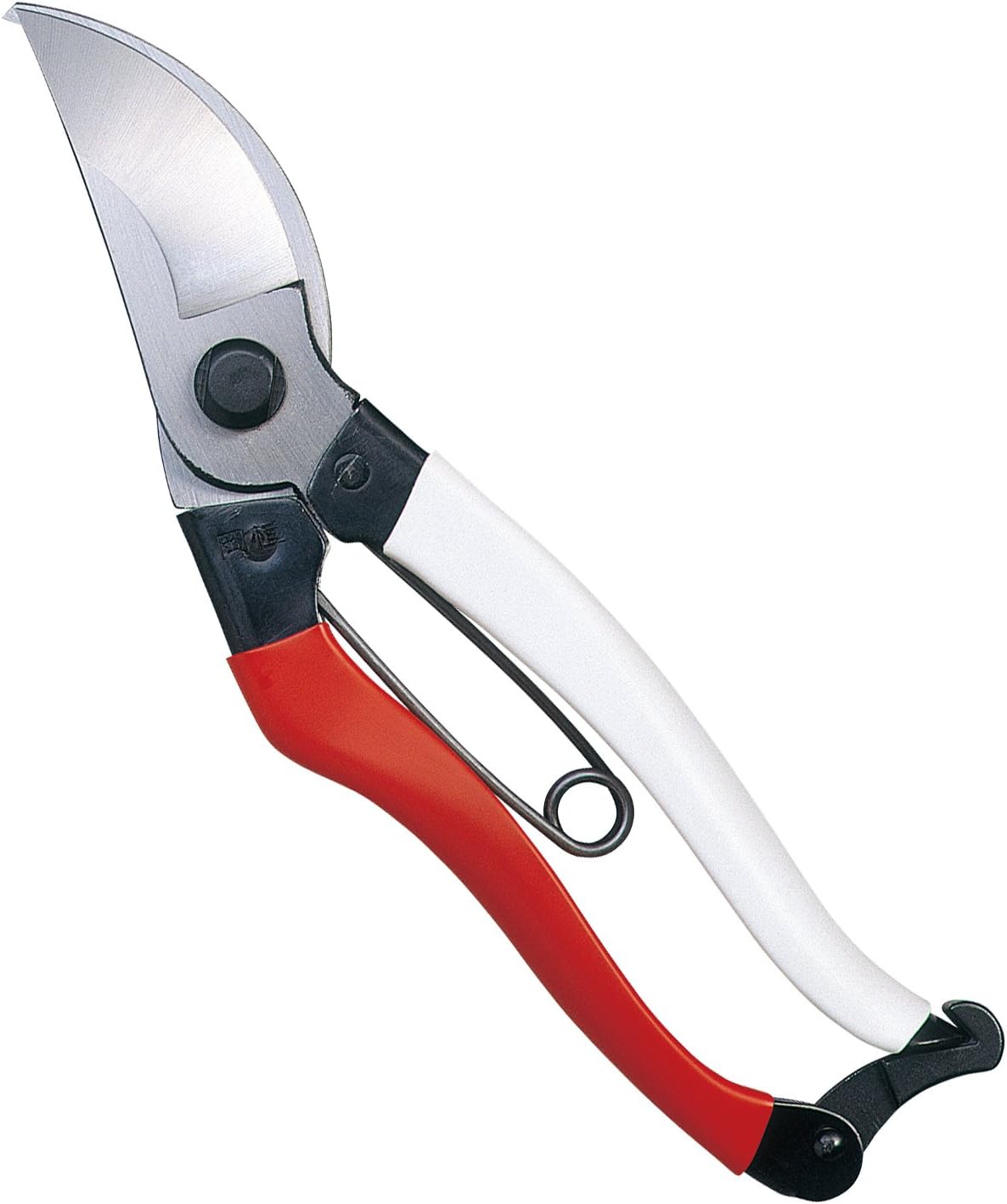
Okatsune 103 Bypass Pruners General Purpose Medium
Fine Gardening receives a commission for items purchased through links on this site, including Amazon Associates and other affiliate advertising programs.

ARS Telescoping Long Reach Pruner
Fine Gardening receives a commission for items purchased through links on this site, including Amazon Associates and other affiliate advertising programs.

The Nature of Oaks: The Rich Ecology of Our Most Essential Native Trees
Fine Gardening receives a commission for items purchased through links on this site, including Amazon Associates and other affiliate advertising programs.

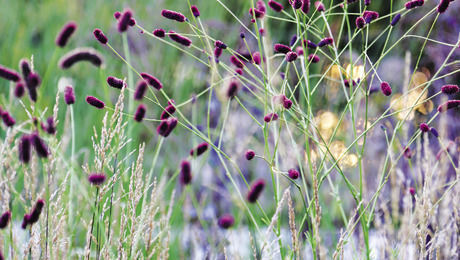
















Comments
Log in or create an account to post a comment.
Sign up Log in